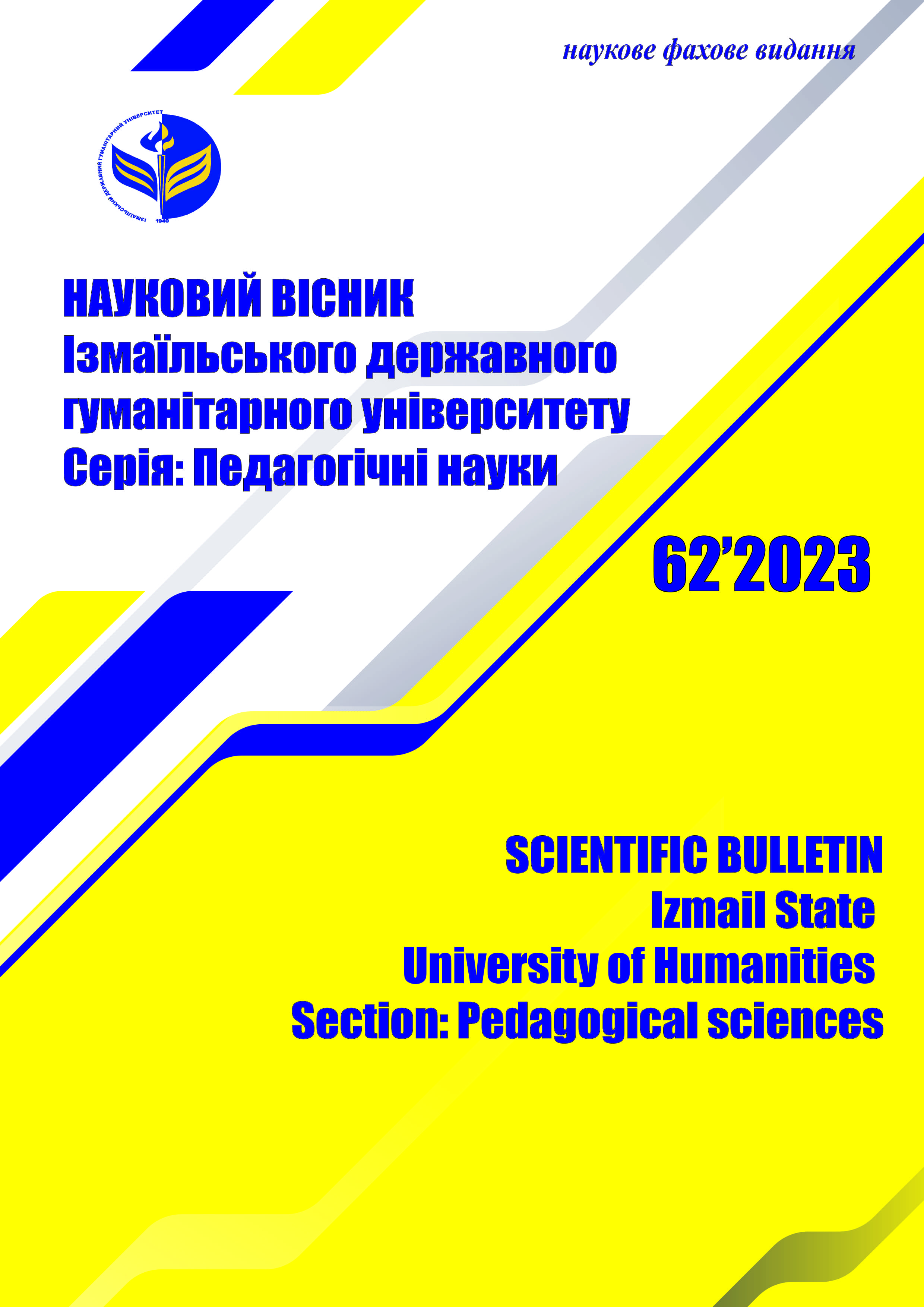Current problems of implementation of health protecting technologies in educational space
Abstract
This article examines the mechanisms of health-preserving school activities through the prism of various components of educational activities. The functional responsibilities of the school to preserve and strengthen the health of students are defined by legislative and regulatory acts. Physiological needs and age characteristics of students are reflected in sanitary and hygienic standards. Problems of physical, mental and moral health are solved by pedagogical means, content of educational programs, educational technologies, interpersonal relations and professional competences of the teacher. The relevance of the topic is indicated by the priorities of modern education in promoting a healthy lifestyle of children and adolescents, in creating conditions for the activation of the child’s subjective position regarding the formation of a culture of health, the need for physical education and sports, the readiness to maintain health in an optimal state, in able to develop an individual health and personal safety program. The purpose of the study was to find out the health-preserving component of educational activities of educational institutions; problems focused on the health and education of schoolchildren; get acquainted with health-saving pedagogical technologies; to offer a diagnosis of functional states during the implementation of the «Healthy School» project in the educational practice of IDSU students, and to provide practical training for the creation of new forms, methods and technologies of educating students in a healthy lifestyle and studying the content of the professional training of teachers of educational institutions, mechanisms and factors that affect its effectiveness.Health-preserving technologies are a system of measures that includes the relationship and interaction of all factors of the educational environment, aimed at preserving the health of the child at all stages of his education and development. The concept of «health-preserving» refers to the qualitative characteristics of any pedagogical technology, which would show to what extent the implementation of this technology solves the task of preserving the health of the main subjects of the educational process ‒ children and their parents, teachers. Health-saving technologies can be considered as a safety certificate for health and as a set of those principles, techniques, methods of pedagogical work that supplement traditional pedagogical technologies with health-saving tasks. The function of the school to preserve and strengthen the health of students can be considered through the following mechanisms: exclusion of the educational load, pedagogical evaluation, the content of educational subjects, physical culture, sports, changing the position of the school medical worker. The health-preserving component of the school’s educational activities is developed on the basis of increasing the professional competence of teachers in creating a health-preserving atmosphere in class, active learning activities during classes, and the successful dynamics of learning the program by each student. The teacher’s task is to make the transition from stressful forms of learning to health-preserving ones. A system of pedagogical factors was recommended and developed for school teachers, which allow avoiding overload, fatigue, and increased anxiety.We introduced the «Healthy School» project, which was carried out during training by students of the 2nd year of the specialty 014.05 Secondary Education (Biology and Human Health) of the Izmail State Humanitarian University. As part of the project, a program for diagnosing the functional states of the child’s body has been developed, which is carried out with the help of a school medical worker, parents, and students. Students had to assess, first of all, the child’s physical development (the state of morphological and functional properties and qualities that underlie the determination of age characteristics, physical strength and endurance of the body). Indicators used to assess a child’s physical development in different periods of development are: body weight, body length (lying, standing, sitting); chest circumference, head circumference. Indicators of physical development can be obtained using anthropometric measurements. Physical development can be assessed using the following methods: anthropometric indices; anthropometric standards; anthropometric profile; correlation and regression coefficients. As part of the pilot project, monitoring of health-preserving activities of students was carried out. The formation of a high level of physical, social, and mental satisfaction of the student is a key criterion for the quality of school education. Student’s health is a quality criterion of modern education. The main methods of pedagogical practice of health care are the methods of identifying, analyzing and forming in students a personal attitude to health problems, a sense of responsibility for choosing a healthy lifestyle ‒ this is the culture of the teacher, the norm of ethics, civic duty and a high level of professional competence. The conducted research opens up a perspective for a deeper development of the creative activity of specialists regarding the creation of new forms, methods and technologies of educating the healthy lifestyle of student youth and studying the content of professional training of teachers of educational institutions, mechanisms and factors affecting its effectiveness.


